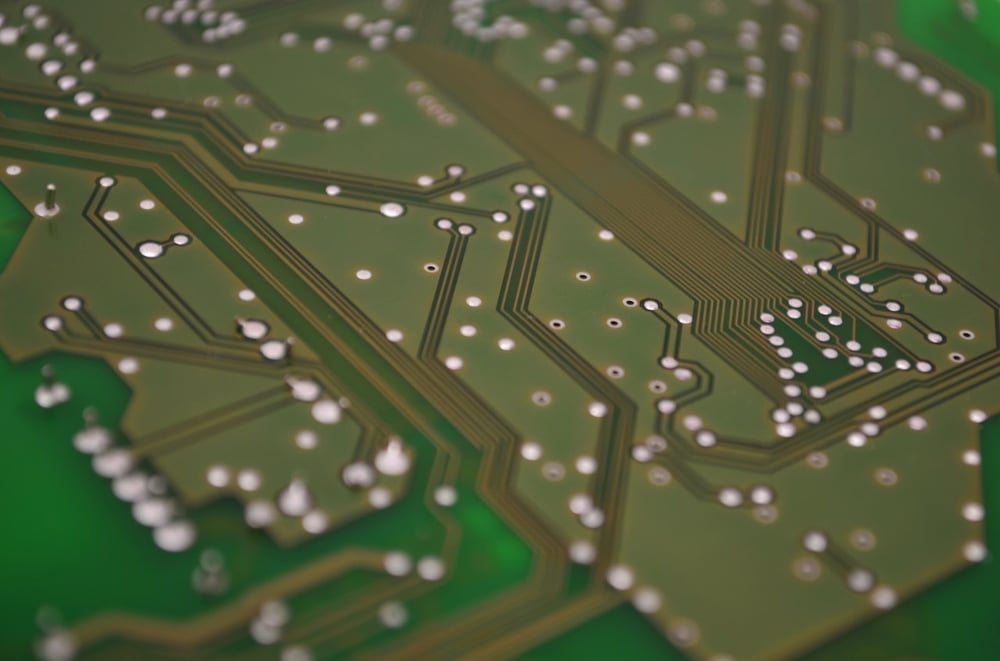The past decade has seen immense progress in the PCB industry, from advanced technologies to more efficient design strategies. As we look toward the future of Printed Circuit Boards (PCBs), it is important to consider what trends and predictions will shape their development in the coming years.
This article aims to explore the future of PCBs, considering factors such as emerging technologies, environmental sustainability initiatives, and innovative applications. By exploring these topics we can gain a better understanding of what could be ahead for this rapidly evolving industry over the next ten years.
Growing Popularity of Multi-Layer and High-Density Boards
The growing popularity of multi-layer and high-density boards in the PCB industry is an indication of what the future may hold. The technology behind these types of boards allows for more components to be placed on a single board, increasing efficiency and reducing costs.
This type of innovation has been made possible due to advancements in material science, such as advanced substrates and higher layer count designs that allow for greater density than ever before. Additionally, technologies like blind via holes are making it easier to route signals between layers with minimal impact on signal integrity or manufacturability.
With this kind of technological advancement, designers can expect shorter lead times and faster time-to-market for their products while still maintaining quality control standards. As manufacturers continue to push the boundaries when it comes to PCBs, there will be no shortage of exciting possibilities over the next decade that could revolutionize this industry even further.
Benefits of Automated Assembly Technology

Automated assembly technology offers a range of benefits for those creating PCBs. Streamlining production processes can increase efficiency, reducing the amount of time taken to complete each board.
Automation also reduces errors and costs associated with training staff, while ensuring that quality is consistent across all boards produced. Automation can also reduce energy consumption in the production process by utilizing sensors and other technologies such as robotics to optimize operations. The use of automated systems allows manufacturers to have more control over their products, enabling them to create complex designs quickly and reliably without compromising on quality or accuracy.
Additionally, automation enables faster prototyping times which enables companies to test concepts before making large investments in mass-production models. All these benefits make automated assembly technology an essential component of any successful PCBA manufacturer’s strategy for the next decade.
Increasing Demand for Flexible PCBs
The demand for flexible printed circuit boards (PCBs) has grown substantially over the past decade, and this trend is expected to continue into the next. Flexible PCBs are becoming increasingly popular among device manufacturers due to their unique advantages such as size, weight reduction, cost-effectiveness, and durability.
As technology advances and devices become more complex with greater power requirements, flexible PCBs have emerged as a viable solution for many applications. Flexible PCBs can be used in a variety of ways that provide great flexibility to device designers.
For example, they can be designed in very thin layers which make them ideal for high-density electrical applications or space-sensitive designs like wearable electronics or medical implants. Additionally, these types of PCBs offer improved thermal performance by allowing heat dissipation through multiple pathways instead of just one dedicated path as rigid circuit boards would require.
This not only helps maximize efficiency but also allows smaller form factors than before possible with traditional rigid boards. Moreover, because of their lightweight nature and increased miniaturization capabilities compared to regular printed circuit boards made from FR4 material (which uses epoxy glass laminates), flexible circuits can reduce overall product weight drastically; leading to further cost savings down the line when it comes time for production scaling and distribution processes related costs incurred during shipping and handling operations. Overall it is clear that increasing demand for flexible PCBs will continue due to their numerous design benefits associated with creating highly efficient electronic products while reducing costs at scale – making them an attractive option for any new product designer looking forward to the end goal of profitability within their respective market segment/niche industry domain
Improved Quality Control Through AI and Machine Learning Technologies

The rise of AI and machine learning technologies has opened up a new realm of possibilities for PCB designers in terms of quality control. By leveraging the power of these technologies, it’s now possible to achieve improved accuracy and precision in manufacturing processes.
By analyzing data from each stage of production, these systems can detect potential issues and provide feedback before they become major problems. As such, manufacturers can produce higher-quality products with fewer defects while reducing costs associated with manual inspection and repair.
Furthermore, advanced analysis algorithms allow PCBs to be tested more comprehensively than ever before – ensuring that the end product is as reliable as possible. All this adds up to an increased level of confidence for consumers when purchasing or utilizing complex boards made using AI-powered production methods – making them a wise investment for those looking towards the future.
Conclusion
The future of Printed Circuit Boards (PCBs) is looking brighter than ever as new technologies and trends are emerging that will shape the industry for years to come. The next decade will bring about many improvements, such as higher capacity circuits, thinner boards with greater flexibility, and Enepig PCB technology which reduces the amount of gold used in production. These advancements have made it easier for designers to create highly efficient products that meet consumer needs more effectively than ever before.
As technology continues to evolve, so too will the capabilities of printed circuit boards. It’s an exciting time for those involved in this field and we can expect big changes in the coming years.



